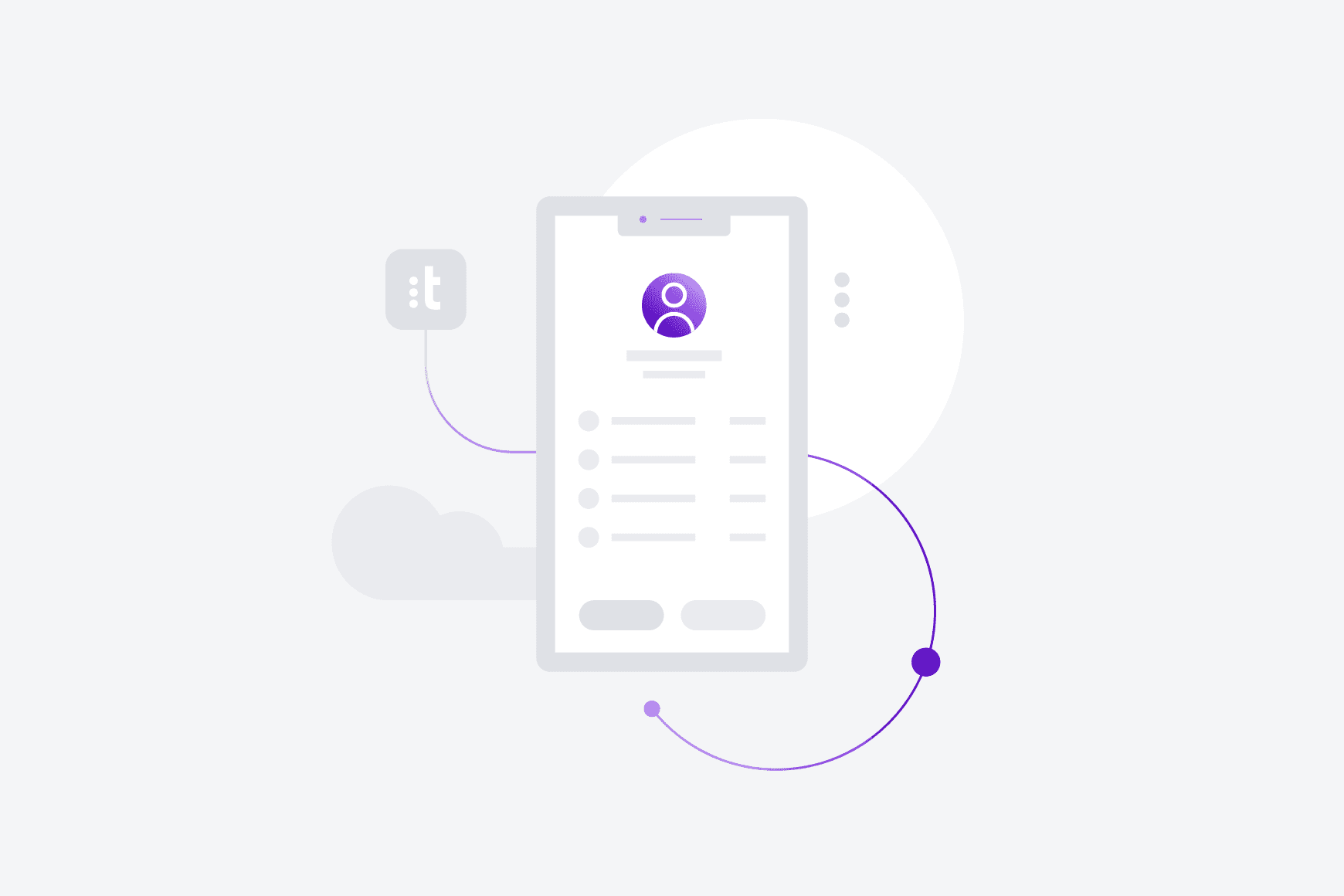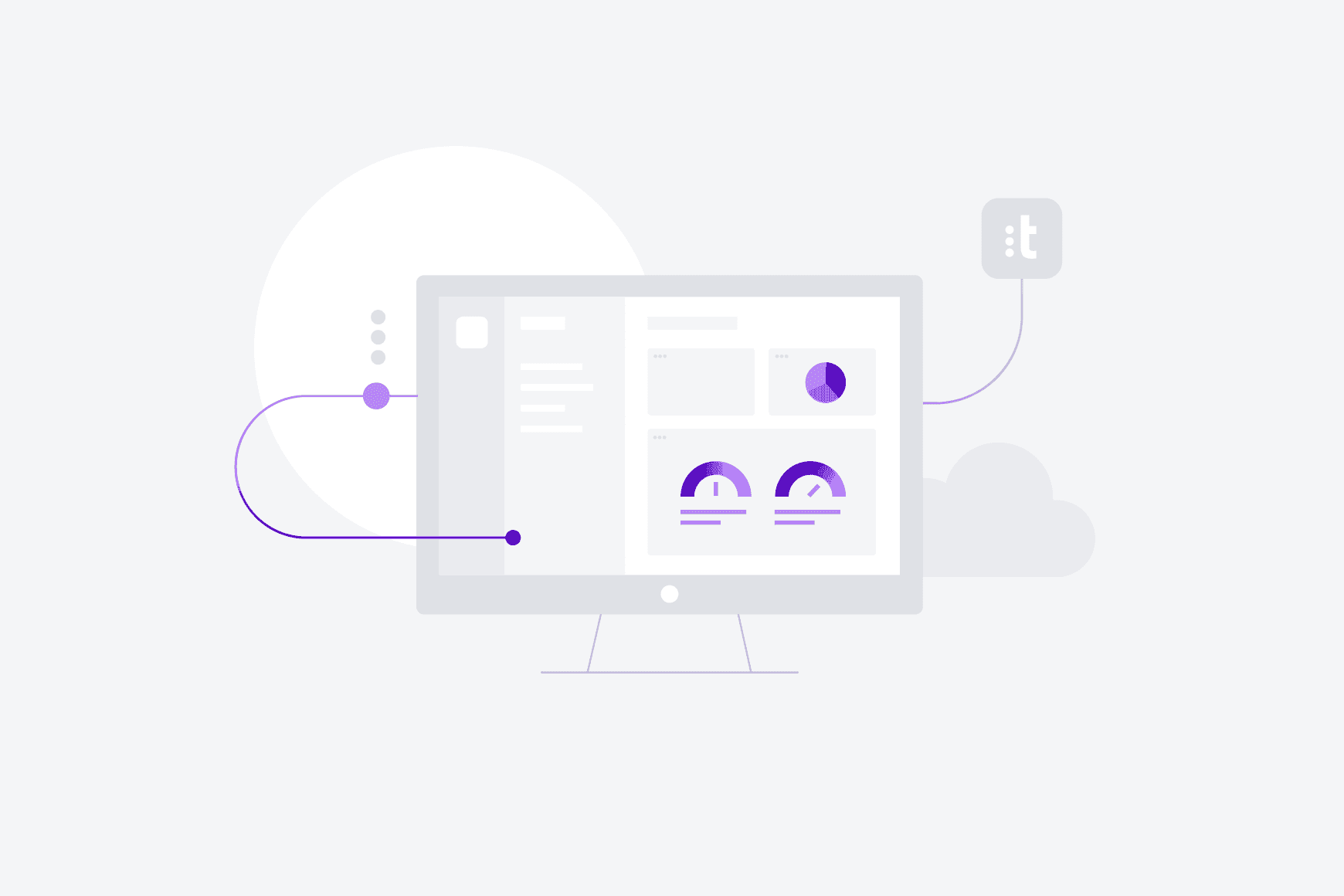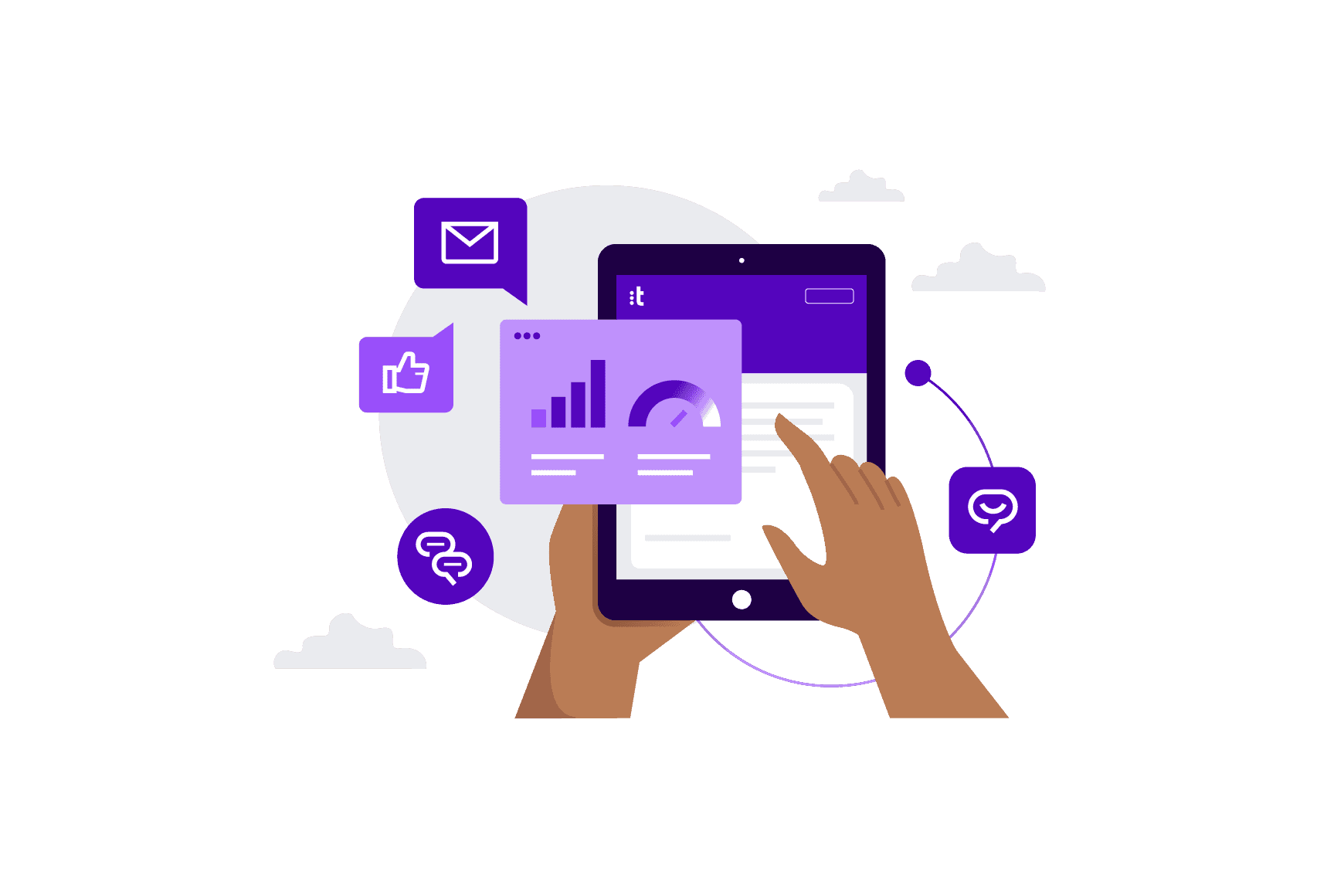Financial Services
How banks can streamline service with the latest round of PPP

Proactive outreach, AI, automation, predictive routing and calling will be essential for reaching out to the most vulnerable small business clients.
COVID-19 is raging throughout the world and the United States is one of the hardest-hit countries, surpassing 325,000 deaths (approximately 0.1% of the U.S. population) and more than 18 million confirmed U.S. COVID cases, at the time of this publication. Many U.S. hospital intensive care units (ICUs) are at capacity and many more are nearing capacity.
Across the country, governors, mayors and municipal leaders are mandating regional lock-downs and stay-at-home orders which have a devastating effect on small businesses—the lifeblood of the U.S. economy. In 2019, small businesses generated 44% of the US economic activity and, as a whole, they create two-thirds of net new jobs and drive U.S. innovation and competitiveness. When small businesses hurt the whole economy hurts. Going into regional lock-downs again may result in massive layoffs and permanent closures. However, just in time for Christmas, the U.S. Congress has reached an agreement on a bipartisan relief bill some dare to call a stimulus bill.
What we know so far about the Paycheck Protection Program
The new $900 billion deal includes $284 billion for the PPP, which reopens after two previous tranches: $367 billion in March 2020 and an additional $285 billion in April 2020, for a total of $652 billion.
Much like the program’s first and second iteration, the third will be in the form of forgivable loans to small firms, but there are likely to be key changes on issues such as eligibility for second-time applicants and other types of forgivable expenses.
Here’s what we know so far.
- Expanded expense inclusion: More expenses included in loan forgiveness from the first and second PPP (in March and April 2020). New eligible expenses may include operations, property damage costs, supplier costs and worker-protection expenditures.
- No new taxes: Loans that are forgiven cannot be taxed.
- Easy application: Simplified loan application process for $2 million or less.
- Forgive and forget: Forgiveness of loans up to $150,000 will require a one-page online or paper form with borrower certifications; loans of $150,000 to $2 million may have simplified documentation requirements as well, as noted previously.
- Distribution through financial centers: Banks, credit unions and community lenders will receive the applications, review, process and distribute the new tranche of $267.5 billion in PPP loan funds—plus an additional $20 billion for Economic Injury Disaster Loans through the Small Business Administration (SBA). Those are grants to businesses in low-income communities.
- If you don’t first succeed, apply again: More eligible businesses can apply for PPP funding. Even if you received a PPP loan last time, you can apply again for a so-called PPP2 loan.
- Set-aside for small businesses, independent contractors and self-employed: $25 billion of the total allotment is earmarked for businesses with 10 employees or fewer as of February 15, 2020.
- New nonprofit and lobbying entities now eligible: 501(c)(6) organizations previously ineligible in round one may now borrow in PPP round two. These organizations are “tax speak” for chambers of commerce, trade associations, real estate boards, professional associations, some sports leagues, boards of trade and business leagues.
The Spring 2020 rollout of the first and second rounds of the Paycheck Protection Program (PPP) was tarnished by exceedingly high call volumes, excessively high call handling and wait times for small business owners contacting banks for a lifeline. Some applications that were supposed to be processed in hours took weeks, while employees remained out of work through no fault of their own, awaiting relief checks.
The third round of the PPP comes at a very auspicious time: bank employees are still working remotely, many branches remain closed, many payments ceased months ago, there are new concerns about the virus mutating, Christmas and New Year’s are upon us, and a new U.S. Presidential administration is taking shape. So, many questions for small businesses remain. Banks and lenders will need to make the PPP process as clear and straightforward as possible to their agents and clients.
How to improve the process
Proactive outreach, AI, automation, predictive routing and calling will be essential for outreach to the most vulnerable clients while ensuring proper staffing levels. Since many banks have shuttered their branches they are leveraging the contact center as their client experience hub. They are standing-up special, dedicated remote teams to facilitate the PPP application intake and review process to ensure fair, fast and efficient processing for their small business clients.
A recent Talkdesk Research™ report, The CX Revolution in Financial Services and Insurance, in which 220 global financial services and insurance firms and more than 900 of their clients and policyholders were interviewed, found that 63% of clients believed one poor experience would motivate them to switch banks—just one. In addition, 82% of financial services and insurance firms believe their contact center is a strategic asset and a differentiator. They see the contact center as a hub for their client experience with omnichannel spokes into the web, chatbots, apps, email, SMS and social to deliver a cohesive and delightful experience. For some banks and lenders, the contact center replaces the retail footprint, left by the closure of branches.
Talkdesk CX Cloud™ is the market-leading, secure client banking solution designed to integrate every client engagement across channels and lines of business. With Talkdesk’s award-winning cloud-native solution, banks can rapidly deploy integrated communications across a flexible, secure platform to deliver differentiated client experiences that build and retain loyalty. Talkdesk CX Cloud is designed for the “new normal” where banks can deliver speed and trust at scale.
- Speed: Designed, implemented and deployed in days, not weeks.
- Trust: Over 30 cybersecurity certifications, licenses and international data privacy compliance
- Scale: Deployed in over 1,800 enterprises in more than 75 countries across the world
Talkdesk can help financial institutions quickly stand-up dedicated PPP contact centers to manage emergency programs like PPP in multiple iterations, or integrate the Talkdesk CX Cloud into your overall contact center platform, leveraging:
- Workforce Engagement Management to empower agents to deliver exceptional client service from home
- Predictive Dialing to triple or quadruple connect rates
- Proactive Notifications to decrease inbound call volumes
- Guide is an AI-powered, self-service knowledge base for agents and customers
- Agent Assist to supercharge agents with intelligent guidance
- Live Chat to increase real-time client engagement
- Studio to seamlessly manage and configure call flows
- Video Conference integration for white glove service
- Omnichannel to provide integrated communications across email, chat, messaging apps, and social media
- Remote enables your agents and relationship managers to securely and confidently work from anywhere, office, home or client site on their mobile device
- 60+ API integrations, including AWS, Salesforce, Zoom, Slack and Microsoft
Talkdesk CX Cloud helps to reduce agents average speed of answer (ASA), client average wait time (AWT), improve agent productivity and increase customer satisfaction (CSAT) scores.
No room for mistakes this time
The effects of COVID-19, along with the mortgage crisis and resulting Great Recession, will have its place in history as one of this generation’s greatest trials. The mobilization of bankers to administer these government-backed programs is a brilliant example of dozens, hundreds, sometimes thousands of bank employees banding together to tackle an incredible challenge.
The old saying goes, “Fool me once shame on you. Fool me twice, shame on me.” Banks and lenders said the first PPP was issued by the government over a weekend back in March and they had to start taking applications within 72 hours without a lot of warning, training or recourse. During the first and second tranche of PPP, the banks and lenders had to fend for themselves, responding as best they could, considering the circumstances. There were a lot of errors, some forgiven, others not. However, the banks and lenders have had nearly eight months to lick their wounds and better prepare to service clients. This time, if there are significant blunders, it will be shame on them.
To learn more about how Talkdesk is helping banks streamline service and stand-up enterprise-level omnichannel contact centers, please learn more here.

![[object Object]](/_next/image/?url=https%3A%2F%2Fcms.talkdeskqa.com%2Fapp%2Fthemes%2Ftalkdesk-com%2Fassets%2Fimages%2Flogos%2F&w=3840&q=50)



